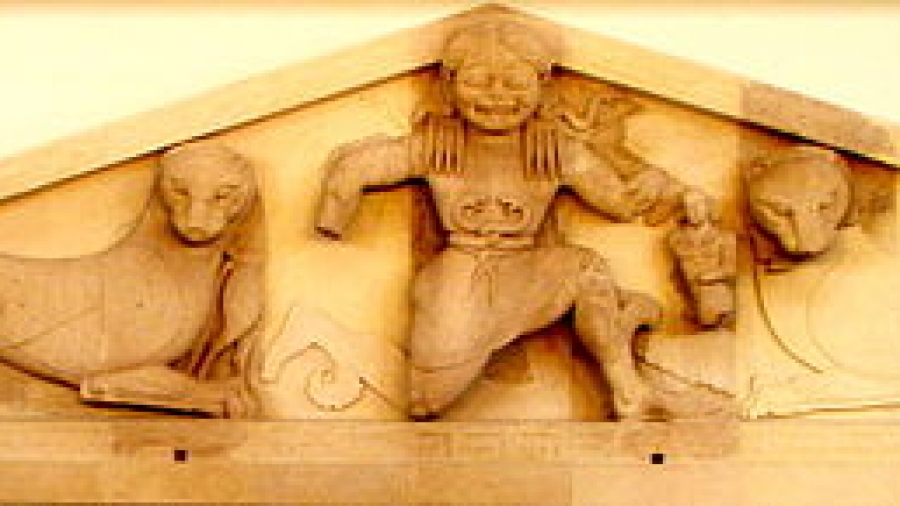Apotropaic magic. (from Greek αποτρέπειν “to ward off” from από- “away” and τρέπειν “to turn”) is a type
of magic intended to turn away harm or evil influences, as in deflecting misfortune or averting the evil eye? Apotropaic.
observances may also be practiced out of vague superstition or out of tradition, as in good luck
charms (perhaps some.
token on a charm bracelet), amulets, or gestures such as crossed fingers or knocking on wood. The Greeks made.
Many cultures around the world believe that through our thoughts or through an envious glare, one person is able to.
cause harm to another in the form of illness, injury, or even death. While there are many different terms for
this phenomenon, we will be using the term “evil eye” in this article.
What is the meaning of the evil eye?| Evil eye meaning | An introduction|
The evil eye is a term used to describe the process of being afflicted by Raja-Tama vibrations from another person,
which means that the other person can afflict us with the evil eye intentionally or unintentionally.
In today’s competitive and materialistic world, most people have personality defects and vices such as jealousy.
hunger for publicity, etc. Raja-Tama vibrations generated from these vices have a spiritually distressing effect on us. Apotropaic magic
This is what is termed as getting afflicted by the evil eye. Distress experienced due to being is also a type of affliction by the evil eye.
Who or what can be afflicted by the evil eye?
Such vengeful characters and spirits are a common theme in ancient Greek tragedy. Apotropaic magic was any
form of magic designed to turn away such harm, ward off evil, and deflect misfortune sent by vengeful beings.
This figurine, depicting a crouching woman, was worn as an amulet for this exact purpose.
If something is apotropaic, it means it’s designed to avert evil. The word comes from the Greek – ‘apo’ means
‘away’, while ‘trópos means ‘turn’. There are lots of obvious apotropaic symbols and actions that we still use today, like horseshoes, rabbit’s feet (yuck), or knocking on wood.



Add a Comment